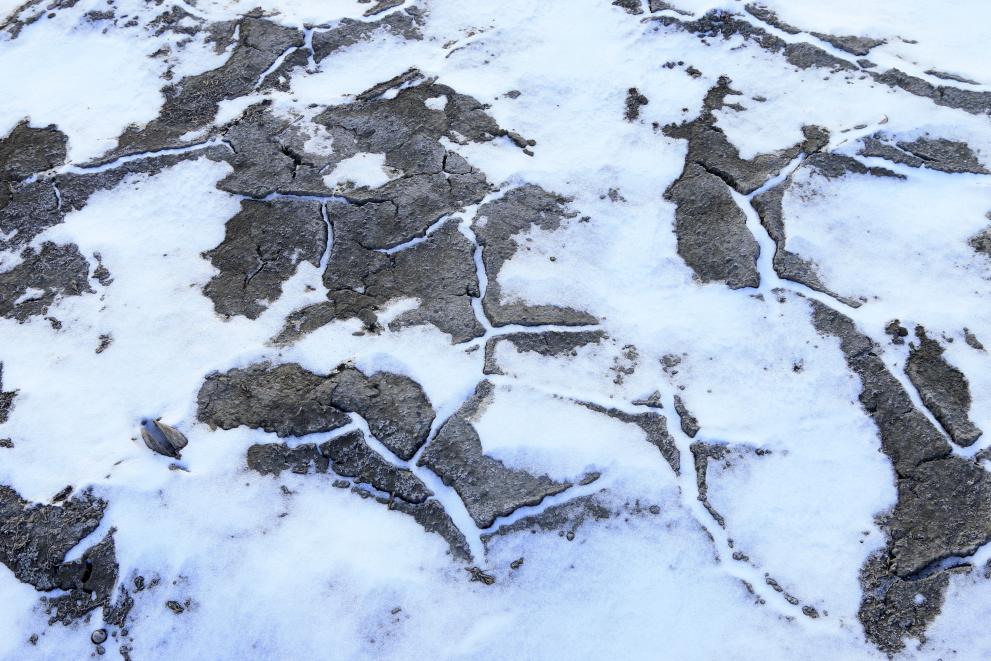
The emissions from the thawing permafrost may become an important contributor to climate change.
This would mean that meeting the targets of the Paris Agreement might not be enough to limit the global temperature increase at 2 °C.
The Paris Agreement aims to limit the global atmospheric temperature increase at 2 °C at the end of the century by capping greenhouse gas emissions.
However, the rising temperatures in the Arctic may lead to the thawing of permafrost, resulting in additional emissions of greenhouse gasses into the atmosphere.
These additional emissions will diminish the "carbon budget" – the allowable amount of additional man-made emissions – to remain below the agreed level of global warming.
This would require additional efforts for the mitigation of global warming.
In support of the EU policy for the Arctic, a JRC report on the Arctic permafrost thawing evaluates the ongoing and future warming over the Arctic permafrost and the resulting emissions of carbon dioxide (CO2) and methane (CH4).
The Arctic warms faster than the rest of the planet
"Arctic amplification" refers to the phenomenon where changes in the net radiation balance – for instance due to greenhouse gases – produce a larger temperature increase near the poles than elsewhere on the planet.
Using atmospheric model simulations, JRC scientists concluded that the Arctic amplification of global warming in the last decades is mainly caused by the warming of the ocean and sea-ice in the winter and by the warming of the land in the summer.
There were no significant signs of warming of the near/surface temperatures of the land in the winter.
Thawing permafrost produces increasing CO2 emissions
Permafrost is ground that has layers with temperatures that are continuously below the freezing point for two or more consecutive years.
It exists in northern latitudes, alpine regions, and polar coastal areas below ocean surface.
Past changes in the climatic conditions in the permafrost area have resulted in the accumulation of deposited vegetation, which has created large concentrations of organic carbon in the soil.
When permafrost thaws, organic carbon becomes exposed to the microbial activity.
As a consequence the ground layer emits CO2 and CH4 into the atmosphere.
The CO2 emissions from the thawing permafrost already have an impact on the global warming rate, but at the moment their contribution is much smaller than that of man-made emissions.
Scientists estimate that in the future the emissions from the thawing permafrost may become bigger than anthropogenic emissions, and the Paris agreement targets to reduce the global warming may be exceeded sooner than expected.
This would require additional reductions of anthropogenic emissions for limiting the increase of global temperature.
Related Content
JRC reoprt: Arctic permafrost thawing
Details
- Publication date
- 20 March 2020
